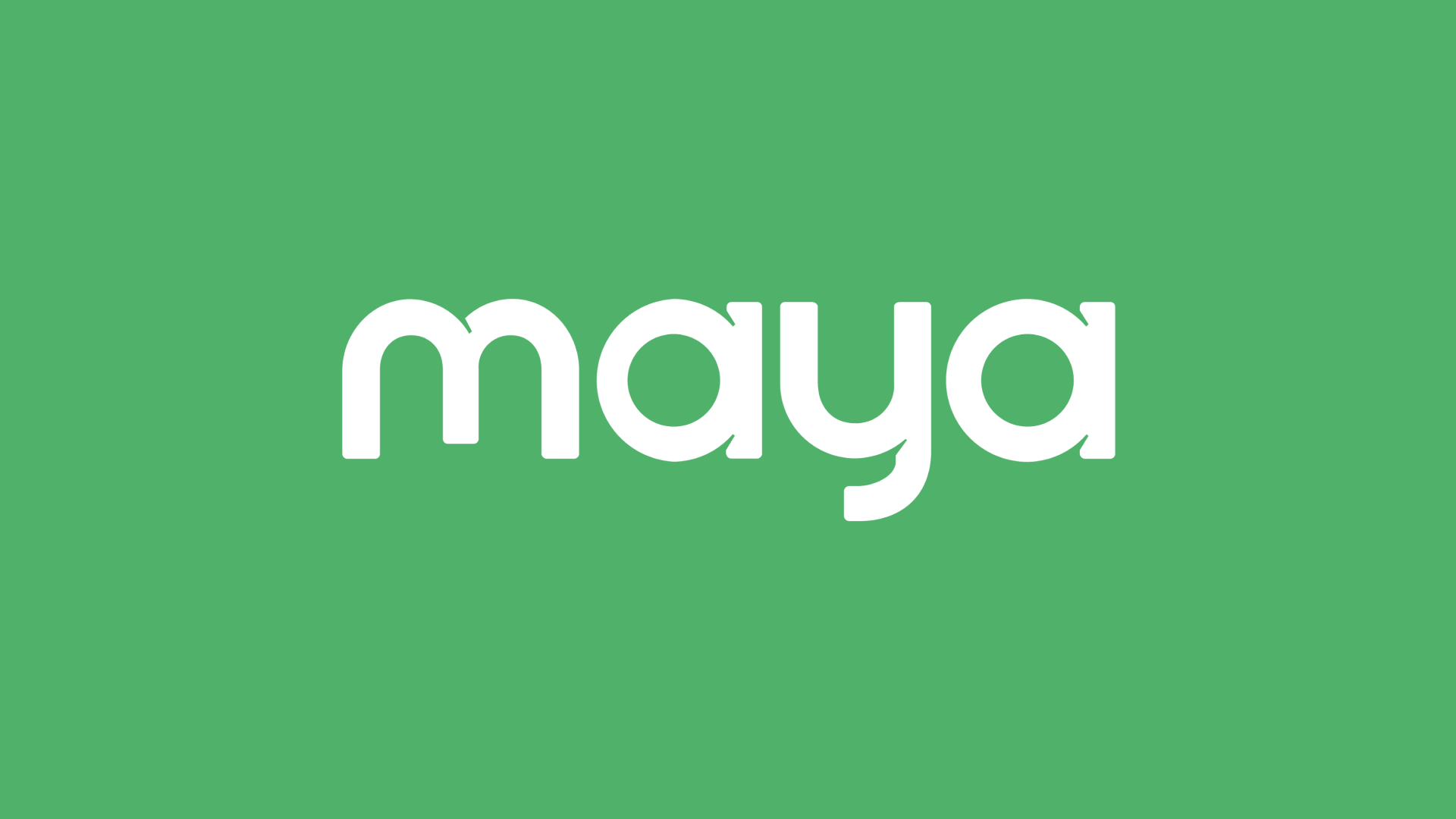
Remote payments refer to the method of completing card transactions wherein the customer doesn't need to be physically present. Also called card-not-present (CNP) transactions, these are the kind of card payments made by phone, by email, through a website or app, and other such scenarios. In contrast, card purchases that involve physical cards being swiped (magnetic strip), dipped (EMV), and tapped (NFC) into a physical device like the Maya Terminal are called card-present (CP) transactions.
Alongside transactions involving e-wallets and QR Ph payments, remote payment transactions are increasingly becoming the norm for online purchases in the growing Philippine e-commerce market. The rising popularity of remote payments is largely thanks to the convenience offered by this mode of purchase since cardholders technically do not even need to have their physical card on them.
What Are the Benefits of Remote Payments?
Offering remote payments on an e-commerce site can boost a business’s revenue streams with minimal effort. For instance, if you have a Shopify site, you can simply download the Maya Plugin for Shopify to integrate a localizedShopify payment gateway that processes remote payments in addition to other popular digital payment methods. Offering a full selection of payment options on your site removes a major barrier to online transactions, resulting in increased sales and a stronger cash flow for your business.
Facilitating remote payments can, therefore, increase the usage and trust of payment cards, leading to more purchases and customer loyalty. If you’re considering ways to decrease cost-per-sale and increase customer lifetime value, facilitating CNP and other digital payments on your online channels should be a priority.
What Are the Downsides to Remote Payments?
Embracing the convenience of remote payments or card-not-present transactions opens up new avenues for businesses to cater to their customers' needs. However, it's crucial to be aware of the potential risks associated with remote payment transactions while keeping in mind that they are immensely reliable when managed effectively. By implementing robust security measures and staying vigilant against fraudulent activities like phishing scams and card skimming, businesses can ensure the integrity and security of their remote payment transactions while providing a trusted and convenient experience for their customers.
How Do Remote Payments Work?
In a typical remote payment or CNP transaction, cardholders provide merchants with their payment card details, including the card number, expiration date, and security code (CVV/CVC). Before e-commerce became popular, this was most commonly done over the phone. Today, however, remote payments are overwhelmingly facilitated over online payment gateways. Popular e-commerce platforms like Shopify have native tools that are designed to facilitate remote payments,, but merchants who want to accept Philippine-specific payment options must integrate a locally focused payment gateway Shopify sites could use, like Maya Checkout.
What Other Kinds of Purchases Are Considered Remote Payments?
Aside from online payments made over payment gateways, many other transactions can be considered CNP:
How Can I Protect Against Fraud in Remote Payments?
Choosing Maya Business online payment solutions is one great way to mitigate fraud risks related to CNP and other digital payments. Maya Business offers world-class security features for protecting card payments, including but not limited to PCI-DSS certification, MasterCard 3D Secure, card security code verification, and two-factor authentication. Maya Business also takes steps to further minimize risks to your business and its customers by applying evolving best practices to prevent emerging types of payment fraud.
Safely Accept Remote Payments on Your Shopify Site with Maya Plugin for Shopify
The Maya Plugin for Shopify makes it easy to accept remote payments and other digital payments on your e-commerce site. If your website is already built on the Shopify platform, all you need to do is download the plugin and follow these easy integration steps. Within minutes, your Shopify site will be ready to accept CNP payments as well as a full selection of Philippine-focused payment methods, including QR Ph codes and digital wallets like Maya, GCash, GrabPay, and ShopeePay. Create your Maya Business account then download the plugin and enjoy a boost in purchases on your online channels.
Creating a Maya Business account immediately gives you access to a Maya Business Deposit account for managing your settlements. Your Maya Business Deposit comes with an industry-leading 2.5% per annum interest rate, making it earn PHP 25,000 in interest per year on every PHP 1 million deposit. Maya Business Deposit also lets you enjoy free cash transfers to partners and suppliers via InstaPay and PESONet, giving your business more ways to save.
Signing up for Maya Business also puts you in line for a Maya Flexi Loan offer valued as high as PHP 2 million in just 3 months—more than enough to develop the perfect online payment processes for your growing customer base. To receive bigger and better loan offers, keep using Maya Business as your primary processor for all wallet and card payments.
Sign up for Maya Business to access the Maya Plugin for Shopify and many other Maya Business solutions.
Merchant inquiries:
Maya is powered by the country's only end-to-end digital payments company Maya Philippines, Inc. and Maya Bank, Inc. for digital banking services. Maya Philippines, Inc. and Maya Bank, Inc. are regulated by the Bangko Sentral ng Pilipinas.
www.bsp.gov.ph